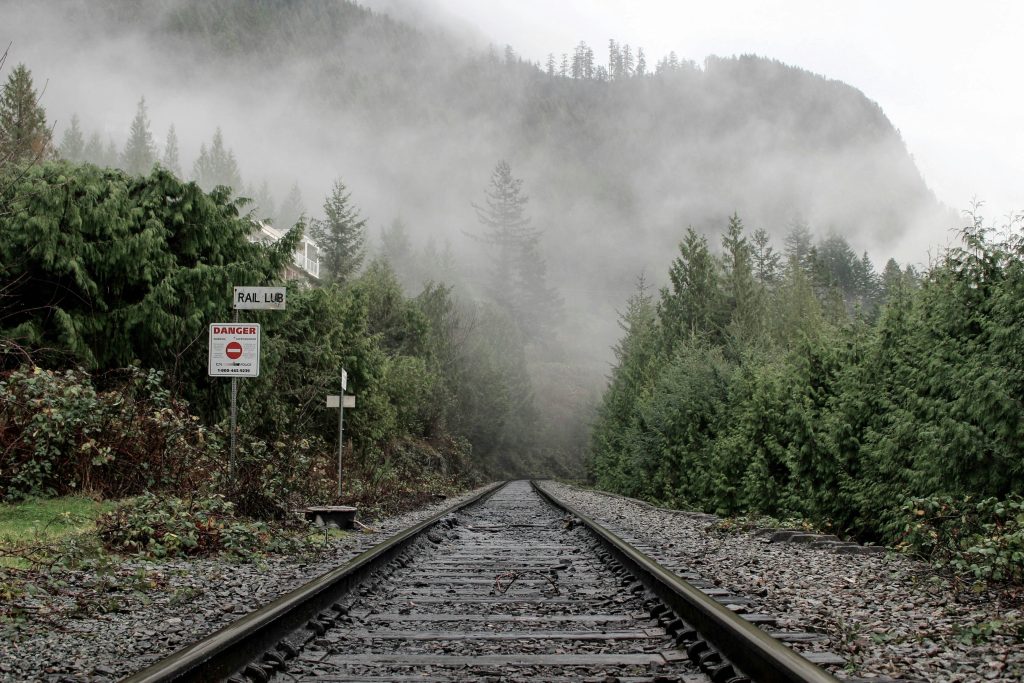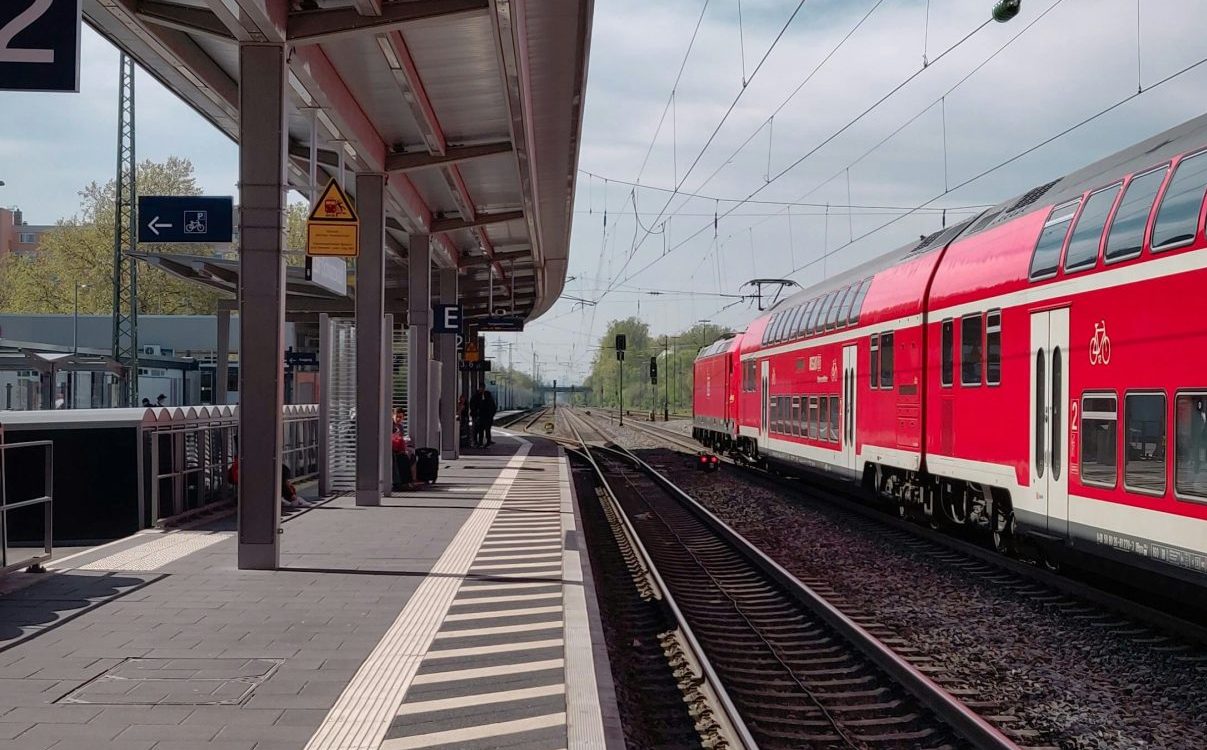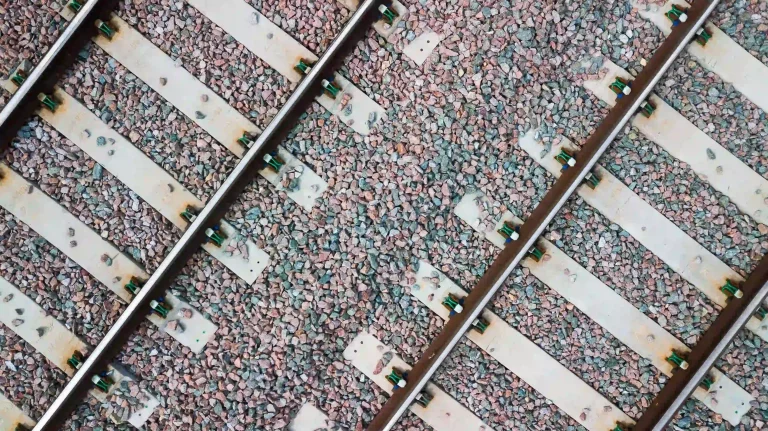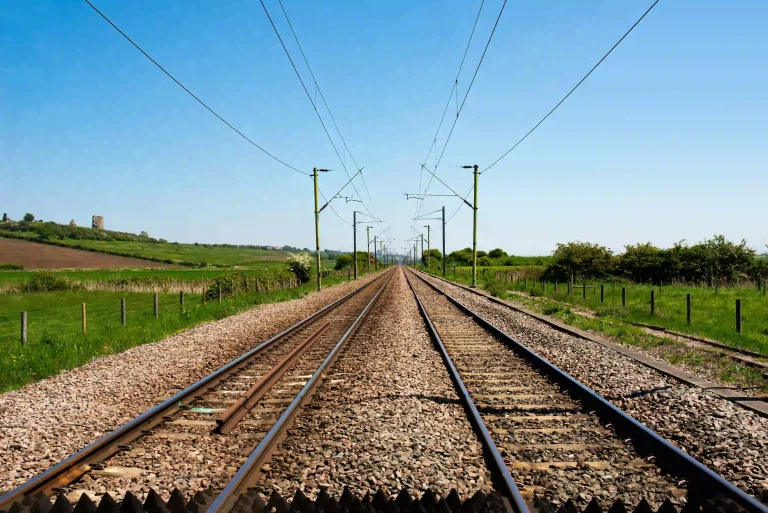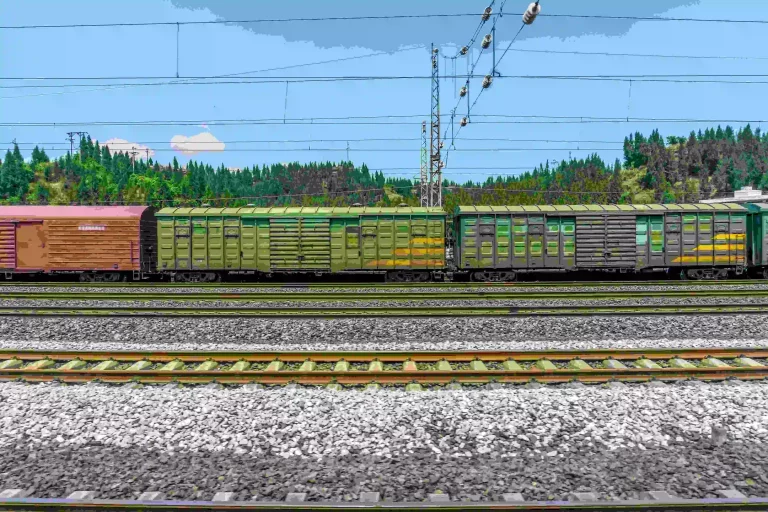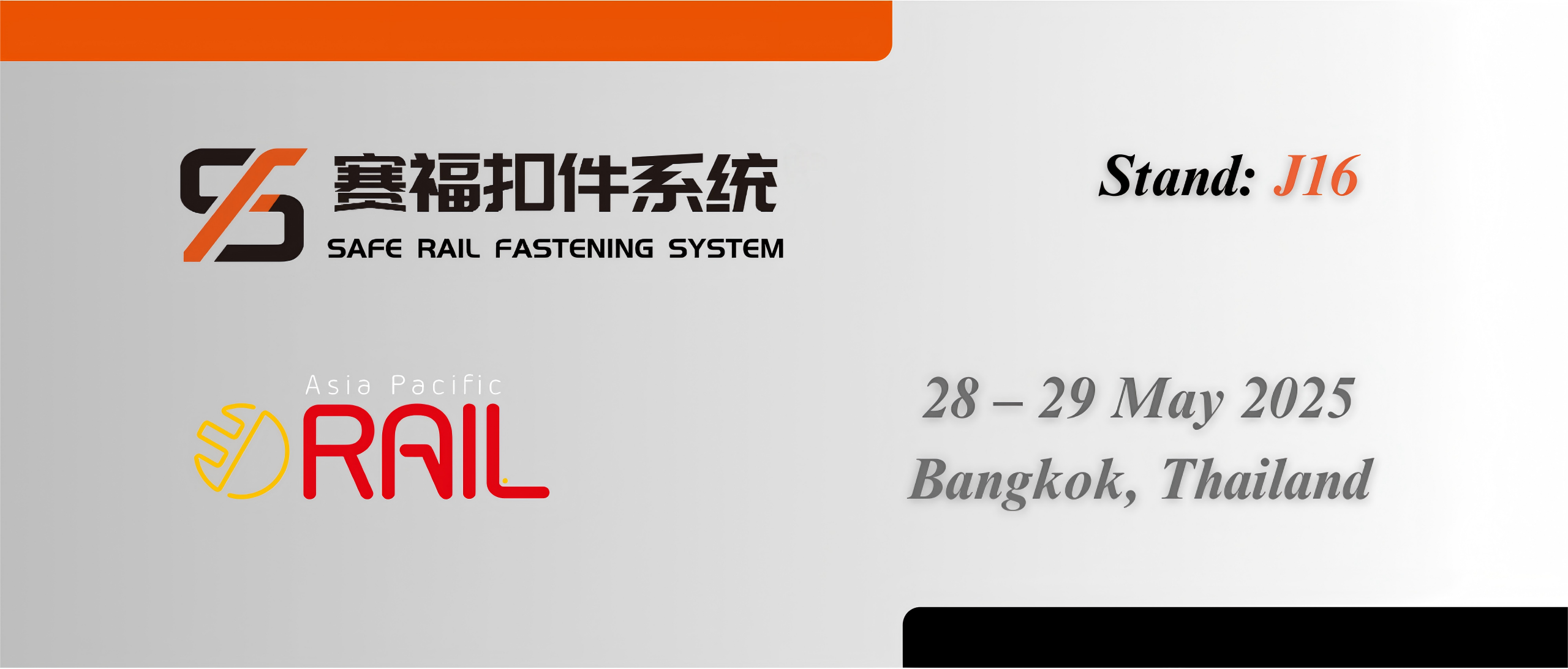Understanding Railway Fastener Systems
Definition and Purpose of Railway Fastener Systems
Railway fastener systems are essential components that are used to secure the rails to the railway ties, ensuring proper gauge and alignment. These systems play a critical role in the stability, safety, and efficiency of rail networks. The primary purpose of these fasteners is to maintain the structural integrity of the railways, allowing for the smooth and safe passage of trains. They are designed to withstand the substantial dynamic forces exerted by passing trains and environmental factors such as temperature changes and vibrations.
Various Types of Railway Fastener Systems
There are multiple types of railway fastener systems, each designed to serve specific functions and environmental conditions. The most common types include mechanical fasteners, elastic fasteners, and screw spikes. Mechanical fasteners are typically used in light rail transit systems due to their simplicity and ease of installation. Elastic fasteners, which provide better shock absorption, are prevalent in heavy haul freight and high-speed rail systems. Screw spikes, known for their firm grip, are widely used in wooden and pre-stressed concrete sleeper networks. Each type offers distinct advantages in terms of durability, maintenance needs, and performance under different operational conditions.
Key Components of a Railway Fastener System
A railway fastener system is composed of several key components, including clips, rail pads, insulators, and fasteners. Clips, made of resilient materials, hold the rail securely to the sleeper. Rail pads, positioned between the rail and the sleeper, absorb vibrations and reduce noise. Insulators ensure electrical isolation between the rail and the fastening system, which is crucial for signal integrity in electrified railways. Fasteners, which can be bolts, screws, or other types of hardware, provide the necessary clamping force to keep the rail in place. The synergy between these components is essential for maintaining the rail’s stability and operational efficiency.
SAFE Rail Fastening System (Zhejiang) Co., Ltd.
Railway fastener systems are pivotal in ensuring the stability, safety, and efficiency of rail networks. These systems secure the rails to the railway ties, maintaining the correct gauge and alignment, which is crucial for the smooth operation of trains. High-quality fastener systems not only enhance the durability of the rail infrastructure but also reduce maintenance costs and improve overall operational efficiency.
One of the industry leaders in this domain is SAFE Rail Fastening System (Zhejiang) Co., Ltd. Located on more than 50,000 square meters of land in Zhejiang Province, SAFE is strategically positioned in the heart of China’s manufacturing hub. With a total investment exceeding 50 million RMB, SAFE boasts an impressive annual production capacity of 5 million sets of rail fastening systems. Their state-of-the-art automated 3D warehouse can store up to 30,000 tons of products, ensuring efficient inventory management and rapid deployment.
Operating under the ISO9001 Quality Management System, ISO14001 Environmental Management System, and ISO45001 Occupational Health Management System, SAFE has developed an excellent performance management model. They implement the “6S” Management System, ERP Management System, and JIT Production Management Method to ensure high-quality and high-standard production management. Their commitment to quality is further evidenced by their CRCC Product Certification and TUV Certification.
Importance of Efficient Rail Operations
Role of Fasteners in Rail Stability and Safety
Railway fastener systems play an indispensable role in maintaining the stability and safety of railroads. They ensure that the rails remain securely attached to the sleepers, preventing lateral and vertical movements that could lead to derailments. Fasteners also help distribute the load evenly across the tracks, reducing stress concentrations that might otherwise compromise the structural integrity of the railway network. By maintaining the proper alignment of the rails, fasteners enable smooth, safe train operations, thereby preventing accidents and enhancing passenger safety.
Impact on Train Speed and Fuel Efficiency
Efficient railway fastener systems directly influence train speed and fuel efficiency. By maintaining a stable track alignment, these systems reduce track-induced resistance faced by moving trains. This reduction in resistance allows trains to operate at higher speeds more safely and with greater fuel efficiency. Furthermore, well-maintained fastener systems can diminish the wear and tear on train wheels and track surfaces, leading to smoother operations and reduced energy consumption. Thus, efficient railway fasteners contribute significantly to the operational efficiency and sustainability of rail networks.
Contribution to Maintenance and Longevity of Tracks
Railway fastener systems are crucial for the maintenance and longevity of tracks. High-quality fasteners help in minimizing the wear and tear of the rails and sleepers, thereby extending the lifespan of the entire track system. They also make it easier to perform regular maintenance checks and repairs, as reliable fasteners ensure that tracks remain in optimal condition for extended periods. By reducing the frequency and cost of maintenance activities, efficient fasteners significantly lower the total cost of ownership and prolong the service life of rail infrastructure.
Technological Advancements in Railway Fastener Systems
Innovations in Material Science for Durability
The role of materials science in advancing railway fastener systems cannot be understated. Innovations in metallurgy and composite materials have led to the development of high-strength, corrosion-resistant fasteners that significantly enhance the durability and lifespan of railway tracks. For instance, the use of advanced ceramics and high-grade alloys can withstand extreme environmental conditions and mechanical stresses, thereby reducing the need for frequent replacements. These materials also offer improved fatigue resistance, ensuring that the fasteners maintain their integrity under repeated loading cycles over time.
Smart Fasteners for Predictive Maintenance
The integration of smart technology into railway fastener systems has introduced a new era of predictive maintenance.
Sensors Integration
Smart fasteners equipped with sensors can monitor a variety of parameters, such as stress, temperature, and vibration levels, in real-time. These sensors continuously collect data that is essential for assessing the health of the fastener components and the overall track structure. By providing early warnings of potential failures or anomalies, sensor-integrated fasteners enable timely interventions, thus preventing costly unplanned repairs and enhancing safety.
Data Analytics
Data collected from smart fasteners is analyzed using advanced data analytics tools to identify patterns and predict future maintenance needs. This approach enables railway operators to adopt a proactive maintenance strategy, optimizing maintenance schedules and resource allocation. The insights gained from data analytics also contribute to the continuous improvement of fastener designs and materials, further enhancing the reliability and efficiency of railway fastener systems.
Challenges and Solutions in Implementing Advanced Fastener Systems
Issues with Current Railway Fastener Technologies
Despite the advancements in railway fastener systems, several challenges persist. Current technologies may not always be compatible with older rail infrastructure, leading to issues in integration. Additionally, variations in railway standards across different regions can complicate the implementation of uniform fastener systems. Furthermore, some advanced materials and technologies are costly, which can be a barrier for widespread adoption, particularly in regions with limited financial resources.
Adoption Barriers: Cost, Compatibility, and Infrastructure
The adoption of advanced railway fastener systems is hindered by several factors. Cost is a significant barrier, as the initial investment in high-tech fasteners and related infrastructure can be substantial. Compatibility with existing rail systems is another challenge, requiring considerable modifications to the current infrastructure. Moreover, the need for specialized skills and equipment for installation and maintenance can limit the adoption of new technologies in regions where such resources are scarce.
Solutions and Best Practices
To address these challenges, a multi-faceted approach is necessary. Standardizing railway fastener systems globally can help in resolving compatibility issues, enabling smoother integration across different rail networks. Financial incentives and subsidies from governments and industry bodies can alleviate the cost burden, encouraging rail operators to invest in advanced fastener systems. Training programs and partnerships with educational institutions can also help in developing the required skills among the workforce. By adopting these best practices, the rail industry can overcome the barriers to implementing advanced fastener technologies.
Case Studies: Improvements in Rail Networks Using Advanced Fasteners
Examples from Global Rail Networks
European Rail Systems
European rail networks have been at the forefront of adopting advanced fastener technologies. For example, high-speed trains in countries like Germany and France utilize sophisticated elastic fasteners that provide superior shock absorption and stability, allowing trains to operate at very high speeds safely. These fasteners have been instrumental in reducing track maintenance costs and improving the reliability of rail services in Europe.
North American Railways
In North America, heavy haul freight railways have benefited significantly from the use of high-strength mechanical fasteners and smart fastener systems. Rail operators in the United States and Canada have reported enhanced track longevity and reduced derailments, thanks to the data-driven maintenance strategies enabled by smart fasteners. These improvements have not only boosted the efficiency and safety of freight operations but also contributed to substantial cost savings in maintenance and repair activities.
Future Trends in Railway Fastener Systems
Emerging Technologies and Their Potential Impact
The future of railway fastener systems looks promising, with several emerging technologies poised to make a significant impact. Nanotechnology, for instance, holds the potential to develop fasteners with unprecedented strength and durability at a reduced weight. The use of machine learning and artificial intelligence in predictive maintenance could further refine the accuracy and efficiency of maintenance schedules. Blockchain technology may also play a role in providing secure, transparent records of fastener installations and maintenance activities, enhancing traceability and accountability.
Forecast of Adoption Rates Among Major Players
The adoption of these advanced technologies by major players in the rail industry is expected to accelerate in the coming years. Leading rail operators in developed regions are likely to adopt these innovations first, driven by the need to enhance operational efficiency and safety. Emerging economies, recognizing the long-term benefits, may follow suit as technological costs decrease and infrastructure compatibility improves. Overall, the global railway industry is set to witness a significant transformation in fastener systems, driven by the relentless pursuit of efficiency and safety.
Summary of Findings
In conclusion, the importance of railway fastener systems in enhancing the efficiency, safety, and longevity of rail networks cannot be overstated. Advanced materials and smart technologies are revolutionizing these systems, offering unprecedented opportunities for predictive maintenance and operational optimization. While challenges such as cost and compatibility remain, adopting standardized practices and innovative solutions can mitigate these issues. The case studies from Europe and North America underscore the tangible benefits of advanced fasteners, while future trends indicate a promising trajectory for global rail network improvements. Through continuous innovation and strategic adoption, railway fastener systems will remain a cornerstone of efficient and safe rail operations.



